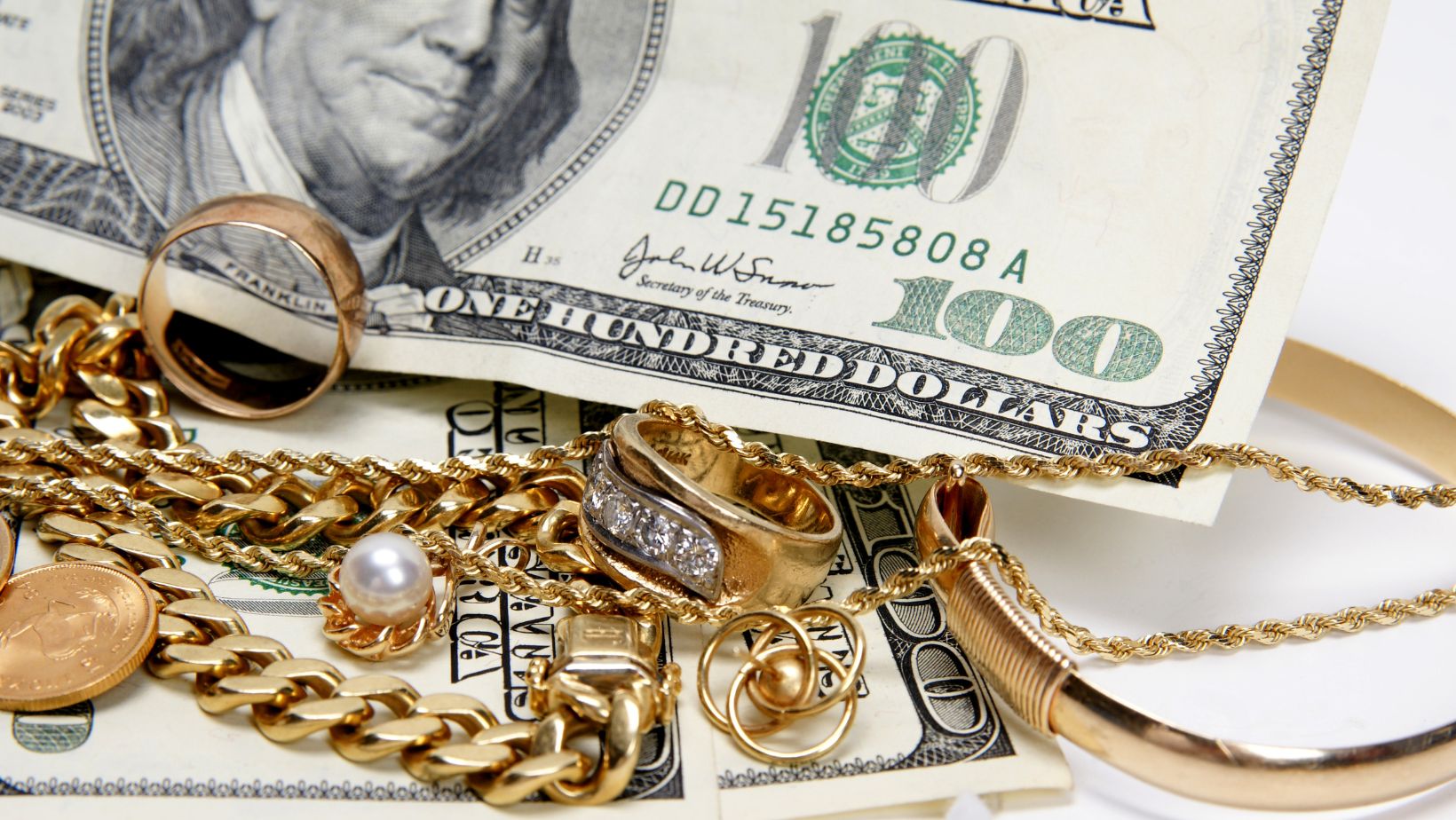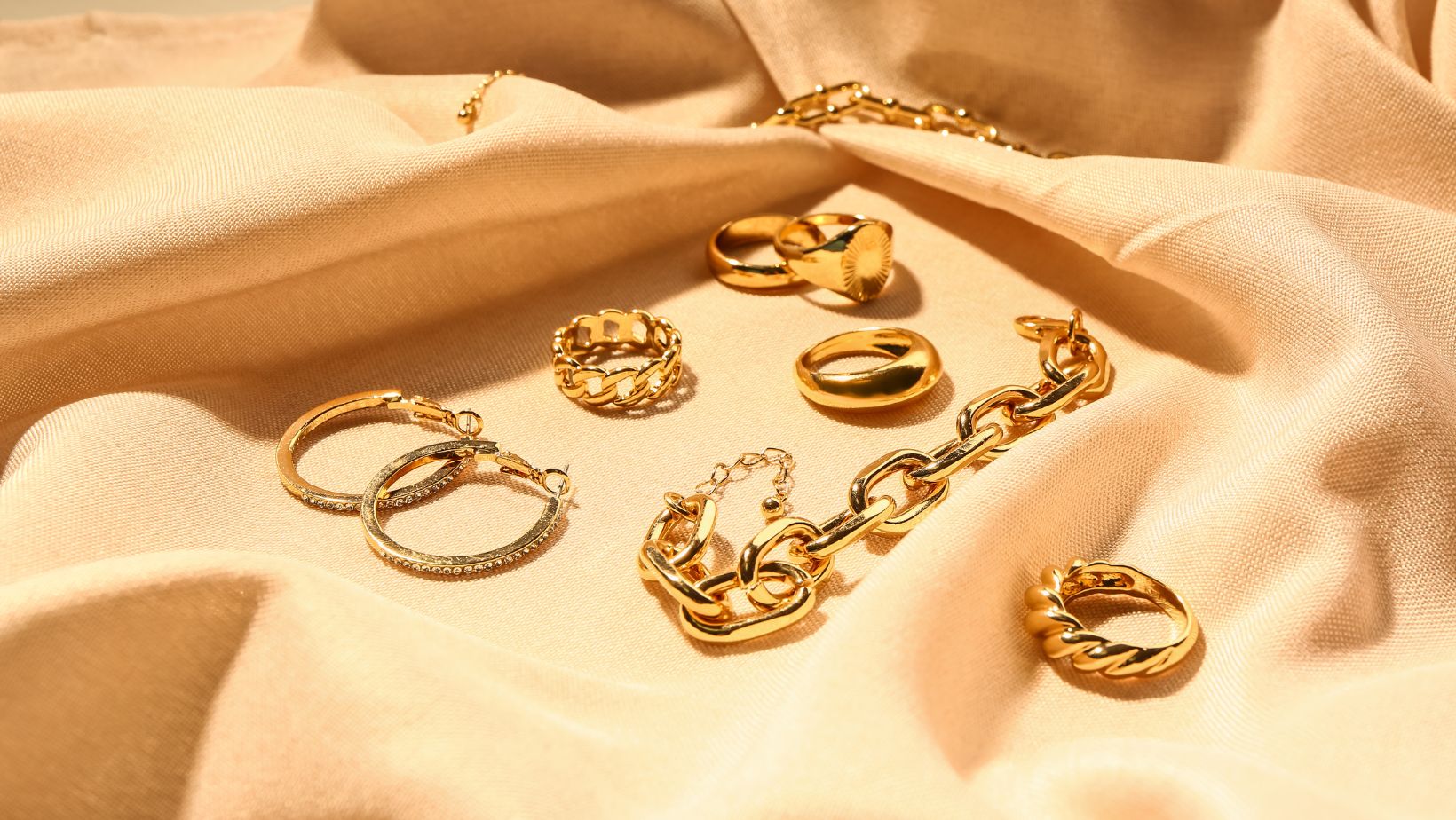Jewelry has long been considered both a luxury and an investment, with prices fluctuating based on a variety of economic factors. While the intrinsic value of precious metals and gemstones provides a level of stability, the resale value of jewelry is heavily influenced by market trends, consumer demand, and broader financial conditions. Economic downturns, inflation, currency fluctuations, and global supply chain disruptions all play a role in shaping the jewelry industry. Understanding how these economic forces impact pricing and resale value is essential for those looking to buy, sell, or invest in fine jewelry.
The Role of Gold Prices in Jewelry Valuation
Gold is one of the most significant drivers of jewelry prices. As a precious metal with limited supply and high demand, its market value fluctuates in response to global economic trends. During times of economic uncertainty, investors often turn to gold as a safe-haven asset, driving up its price. This, in turn, increases the cost of gold jewelry, as retailers adjust pricing to reflect higher metal values.
Conversely, when economies are stable, and stock markets perform well, demand for gold as a financial hedge tends to decline. This can lead to lower gold prices, reducing the base cost of gold jewelry. However, the resale value of gold jewelry remains relatively strong because gold can always be melted down and repurposed, making it a reliable asset even in fluctuating markets.
Inflation also plays a role in gold pricing. As inflation rises, the purchasing power of currency decreases, prompting investors to buy more gold to preserve wealth. This often results in higher resale values for gold jewelry, as buyers seek tangible assets that hold their worth better than cash.
Diamonds and Gemstones in an Evolving Market
While gold prices are largely determined by market supply and demand, diamonds and gemstones follow a slightly different economic pattern. The value of diamonds is influenced by factors such as mining output, branding, and consumer preferences. When economic conditions are strong, demand for luxury items—including diamond jewelry—tends to rise. High employment rates, wage growth, and consumer confidence all contribute to increased sales of engagement rings, wedding bands, and high-end gemstone jewelry.
During economic downturns, luxury spending often declines, leading to lower resale prices for diamonds and gemstone jewelry. A diamond purchaser may prioritize essential purchases over luxury goods, reducing demand in the secondary market. However, rare and investment-grade diamonds, such as those with exceptional clarity, size, and color, tend to hold their value better than lower-quality stones.
The emergence of lab-grown diamonds has also affected resale values. These synthetic stones are growing in popularity due to their affordability and ethical sourcing, but they generally have lower resale value than natural diamonds. As lab-grown diamonds become more widely accepted, the gap in pricing between natural and synthetic stones may widen, impacting the resale market for traditional diamonds.
The Influence of Supply Chain Disruptions on Jewelry Prices
Global supply chains have a direct impact on the jewelry market. Many fine jewelry pieces are crafted using materials sourced from different countries, including gold from Africa, diamonds from Russia or Canada, and sapphires from Sri Lanka. When supply chain disruptions occur, whether due to political instability, trade restrictions, or global crises, the availability of these materials can be affected, leading to price increases.

The COVID-19 pandemic demonstrated how supply chain disruptions can impact jewelry pricing. Mine closures, shipping delays, and manufacturing slowdowns led to reduced availability of certain metals and gemstones. As a result, prices for high-demand items, such as engagement rings and gold jewelry, surged. Even in the secondary market, resale values for fine jewelry increased due to limited supply and high consumer demand.
Geopolitical events also play a role. Sanctions in certain countries can restrict access to mined diamonds, driving up prices for stones sourced from alternative locations. Trade tariffs and restrictions on gold imports can lead to increased production costs for jewelers, which ultimately affects both retail and resale prices.
Consumer Spending and Jewelry Market Trends
Consumer spending habits shift based on economic conditions, and these shifts directly impact jewelry prices. During periods of economic prosperity, discretionary spending on luxury goods increases, leading to higher demand for designer jewelry, investment-grade diamonds, and high-end watches. Luxury brands such as Cartier, Tiffany & Co., and Rolex experience strong sales during these periods, which helps maintain or even increase the resale value of their products.
Conversely, during recessions or financial crises, consumers often cut back on luxury spending. This can lead to lower demand for high-end jewelry, making resale more challenging. However, during economic downturns, many people choose to sell their jewelry to generate cash, increasing supply in the secondary market. When supply outweighs demand, resale prices tend to drop.
The rise of online resale platforms has helped stabilize the second-hand jewelry market, providing sellers with more opportunities to connect with buyers. Marketplaces such as eBay, The RealReal, and luxury auction houses have made it easier to sell vintage and designer jewelry at competitive prices, even during economic fluctuations.
The Impact of Interest Rates and Currency Exchange Rates
Interest rates play a significant role in shaping the jewelry market. When interest rates are low, consumers have greater access to credit, making it easier to finance high-ticket purchases such as engagement rings and luxury watches. Low interest rates also tend to weaken the value of the U.S. dollar, which can make gold and other commodities more expensive, leading to increased jewelry prices.
Conversely, when interest rates rise, borrowing becomes more expensive, potentially reducing consumer spending on luxury goods. Higher interest rates can also strengthen the dollar, making gold and other precious metals relatively cheaper. This dynamic influences both the retail and resale jewelry markets, as fluctuating currency values impact international demand for fine jewelry.
For international buyers and sellers, currency exchange rates play a crucial role in pricing. A weaker U.S. dollar can make American jewelry exports more attractive to foreign buyers, while a stronger dollar may reduce demand from international collectors. This is particularly relevant in the high-end jewelry market, where buyers often come from multiple countries, and exchange rates can significantly impact purchasing power.
Is Now the Right Time to Sell Jewelry?
Determining the best time to sell jewelry depends on several economic factors, including gold prices, consumer demand, and overall market conditions. When gold prices are high, it may be an ideal time to sell gold jewelry, as buyers are willing to pay a premium for the metal’s intrinsic value.

For diamonds and gemstone jewelry, market trends should be closely monitored. High demand for engagement rings and fine jewelry often peaks during the wedding season and the holiday season, making these times ideal for resale. If favorable economic conditions and luxury spending are strong, selling high-end jewelry from designer brands can yield excellent returns.
For those looking to hold onto their jewelry as an investment, understanding long-term market trends is key. Rare and vintage jewelry often appreciates in value over time, particularly if demand for a specific style or brand increases. Collectors and investors may benefit from waiting until market conditions are optimal before selling their most valuable pieces.
Key Takeaways
Economic trends play a significant role in determining jewelry prices and resale value. Gold prices, diamond market dynamics, supply chain disruptions, consumer spending habits, and global financial conditions all influence how much a piece of jewelry is worth. While luxury jewelry can be a strong investment, market fluctuations should always be considered when buying or selling.
For those looking to maximize their returns, timing the sale of jewelry based on economic conditions is crucial. Whether selling gold during a price surge, taking advantage of high demand for vintage pieces, or capitalizing on strong consumer interest in designer brands, understanding the economic forces at play ensures that sellers get the best value for their jewelry. As financial markets continue to evolve, keeping an eye on trends will remain essential for anyone looking to profit from their fine jewelry collection.
